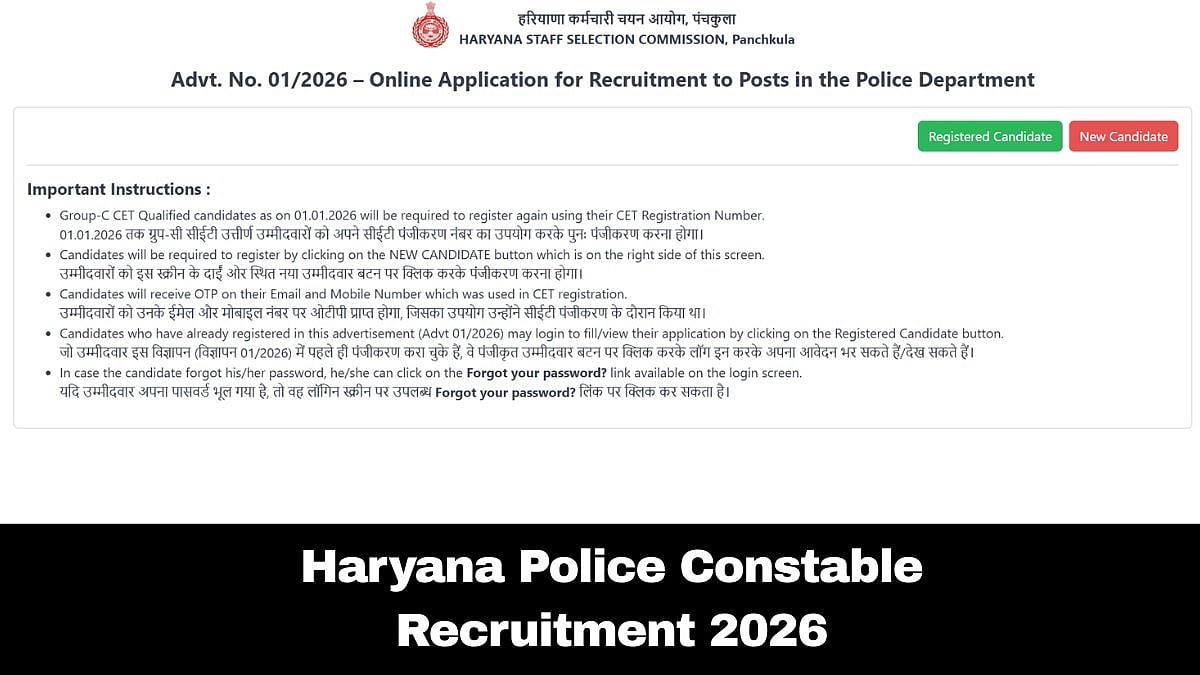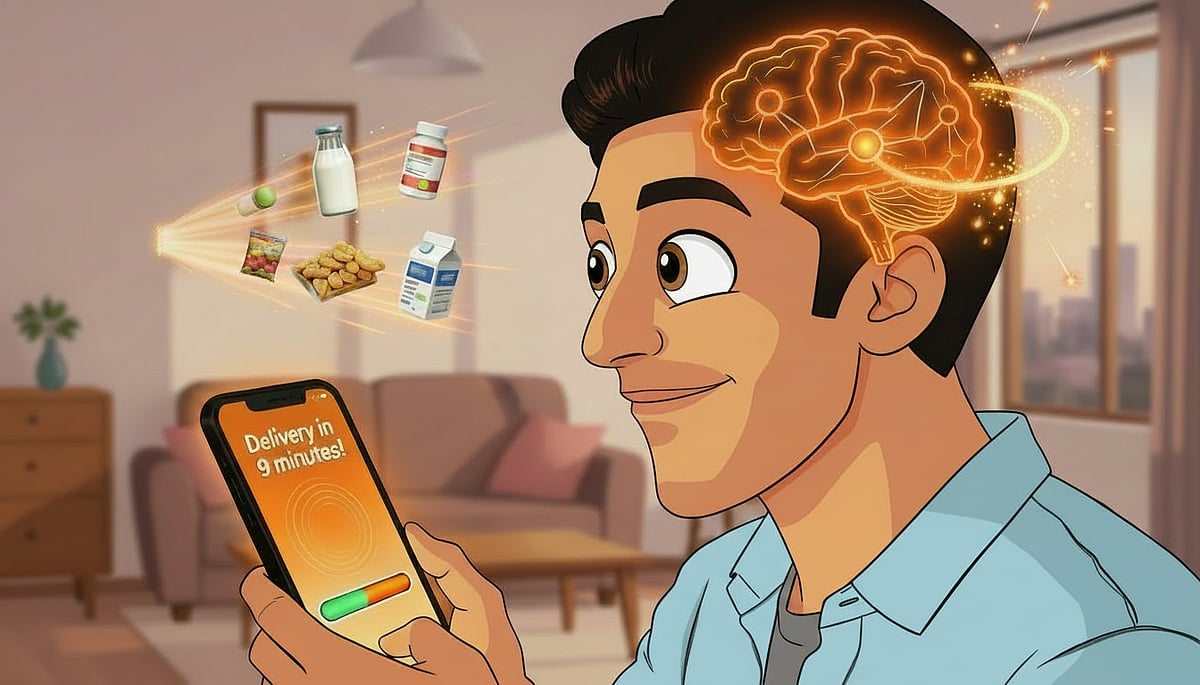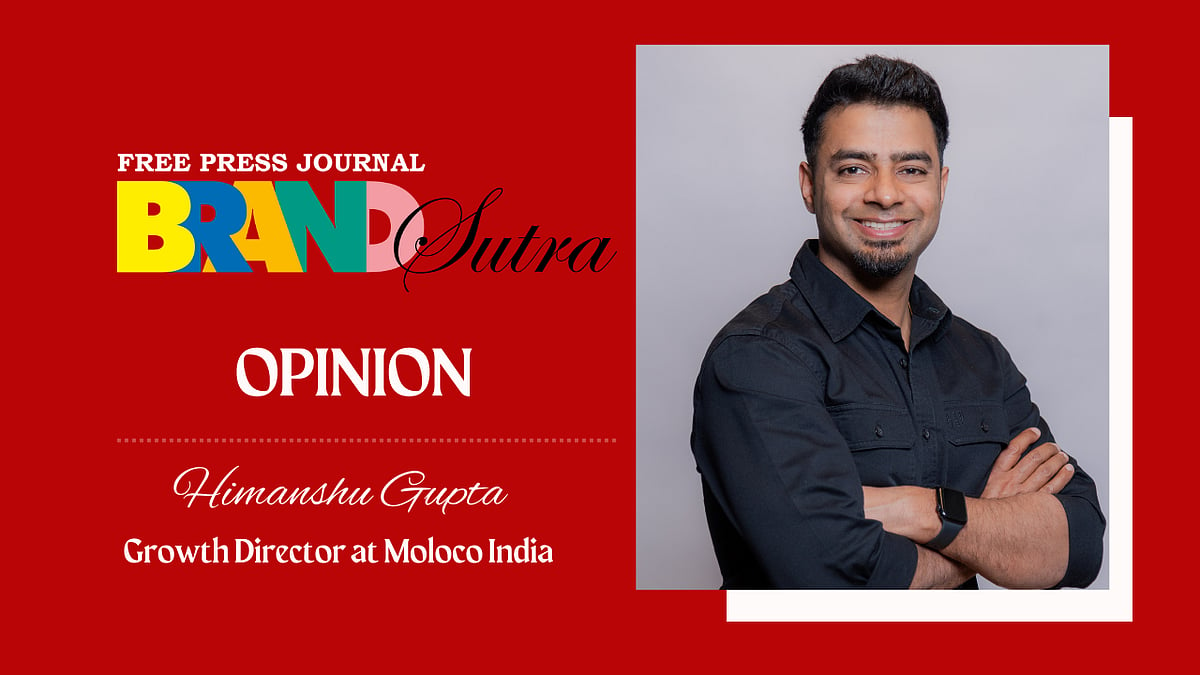Smytten is an omnichannel platform that offers users the ability to buy trial packages of products. The information and user reviews are then fed back into the funnel to give brands insights on how their products fared. The platform aims to create a playing field for both brands and users to be transparent with each other. From product discovery to trials, purchase and feedback, Smytten and its sister platform Smytten Pulse have plenty of valuable propositions for both brands and consumers.
Their Founder, Swagat Sarangi, tells us about it in an interview…
What was the insight that birthed Smytten?
My love for consumer brands started to kick in during my stint at Unilever. Later, I worked with Google for about a decade and did a bunch of interesting things in the consumer ecosystem. By 2016, we started Smytten with a single-minded problem statement. In India, lots of new-age brands are trying to attract the attention of new internet shoppers. And while they do that, the ground reality is that India is a very trust-deficit society. And second, conviction only really builds once you try a product. So adoption cycles are painfully long. The idea was to create a platform where users could discover new-age brands and try them within the comfort of their homes. We’re also going omnichannel with retail outlets. These outlets are typically opened in tier-two cities where the product discovery, awareness and trust gap is deeper. As of today, we have stores in Greater Noida, Ahmedabad and Indore.
How did Smytten Pulse come into the picture?
While on the face of it, Smytten looks like a consumer app, there is huge data at play because we deal with millions of consumers in a phase where they are confused and are making choices. We take all of that data and put a layer of AI to it. We have predictive models that help brands make decisions in their growth journey — product development, marketing, testing a hypothesis and understanding efficiency gaps.
What are the kinds of brands and products available on the Smytten platform?
We work with all of the brands you can think of in beauty and personal care, food and beverage, health and wellness, mom and baby, and home improvement. Pet care, too, is a very fast-growing category. Anything that can be consumed or sampled is the space we are in. The focus is primarily on consumables.
We are getting into hyperlocal sampling where products can be delivered from the brand store within a particular geography or city. Products like consumer durables and wearables, that can be tried and shipped back post the trial. Digital services too that offer premium subscriptions like Netflix and Headspace face adoption problems in tier-twos and tier-threes. On Smytten, we are able to drive initial digital subscriptions through trials.
We don't touch apparel and accessories because it's not very easy to get them tried and get them back in terms of reverse logistics.
How does the platform position itself to new users? What has the adoption looked like?
Our overall communication and positioning strategy is: as a discerning consumer, you should try the product before you buy it. This has worked for us because we come across as very honest in helping the consumer in their decision-making journey rather than trying to sell them something. Consumers today get bombarded with lots of information and advertising. On a typical day, we’re scrolling through almost 400 feet of content. To build awareness of the platform, we use digital creators to help us with word-of-mouth marketing. Another thing that works for us is our referral program. Almost 30% of our new user acquisition comes from our user referral program. Our UX is minimalistic and lean. Everyone's feed is customised and personalised based on their past behavior — their likes, dislikes, past trials and feedback. We also have a lot of rich media play like images and videos of the catalogue, an AI assistant that can give you more details on a product and AI-summarised reviews. Since we work in a pre-purchase funnel, we have to do a good job in convincing a user that they should try or not try something. Even our onboarding and checkout processes are one-click, two-click processes.
What does the process of getting feedback and insights look like?
Voluntarily after trial, almost about 40 to 45% of our users give feedback because they feel part of the community and like sharing their opinion. The feedback is analysed by AI and summarised and collated for brands to make the right decisions. But if the brand wants a deeper level of insights or feedback, we incentivise users and have them engage with the brand.
What are some peculiarities about Indian consumers the platform has gauged?
We do this thing called Pulse Checks, which we publish every week. So we do have lots of interesting insights about Indian consumers. You would be surprised that today in a tier-one town, almost 40% of the user basket in beauty has moved to concern-based products rather than generic products. And about 90% of makeup buyers have a very low sense of loyalty and massive brand switching happens all the time.
Indian consumers are very aspirational, but at the same time, they are value-seeking. From a quality and pricing perception, consumers are kind of getting muddled up, given the massive brand proliferation. Basket expansion, which was very stagnant during the 2010s, has risen to 30% from 10% in the last few years.
Apart from product discovery, does the platform offer other benefits to brands?
We have a full-blown ad tech service where brands that were sampled can retarget their users, not only on our platform, but across the open web. We are plugged into Google and Meta where the brands can use those platforms to retarget high intent audiences and take them back to their D2C site.
A lot of the discounting-led-adoption that has been going on in the market is counterintuitive to how you should build a brand and how a consumer would perceive your brand. With Gen AI, data and technology, there is a lot of help for brands in terms of deciding their go-to-market and product portfolio.
We saw a lot of hunched product development and gut marketing, and we're trying to bring science to all of it. Because India is so vast and diversified, it takes you a lot of time to figure out the nuances of the country. Every 50 to 100 kilometers, the demographic and consumer preference changes. And that is where we are trying to build some really cutting-edge solutions to help brands get it right from day one.










